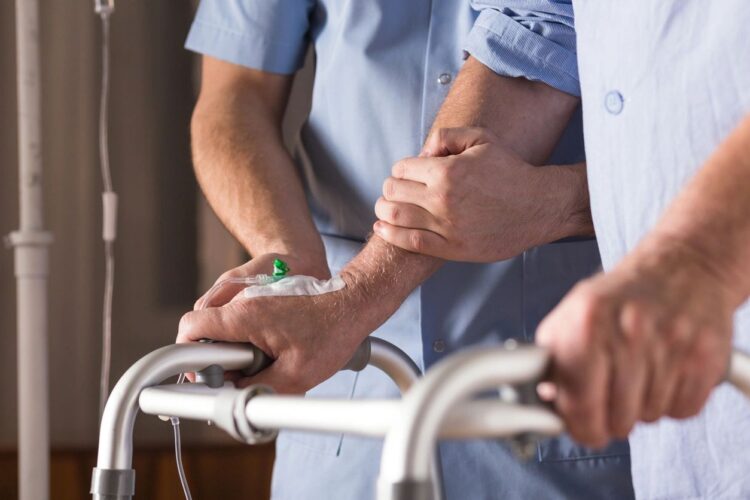On the 18th of November 2011, two rooms at the Quakers Hill Nursing Home in North Sydney caught fire. The devastating incident caused 11 fatalities and dozens more were injured. The tragedy raised many questions about fire safety in nursing homes, and today it remains a harsh reminder of what can occur when proper fire safety is not followed. If you work in the aged care industry, this information about fire safety requirements and responsibilities is for you.
Aged care fire protection – what’s required?
Aged care fire protection and fire safety is critical in nursing homes and retirement villages, where age and infirmity can limit this group’s ability to detect a fire situation and escape an emergency. As a result of an inquiry of the Quakers Hill tragedy, new laws came into place, reforming fire safety for aged care facilities. These are the most up-to-date requirements and responsibilities.
Fire sprinkler systems
The NSW Government made automatic fire sprinkler systems mandatory in all residential aged care facilities. These laws took effect on 1 January 2013. Following that legislation nursing homes had to replace old or retrofit new sprinkler systems. An ongoing requirement, is the proper functioning of those sprinkler systems.
Smoke detectors
As a result of the Quakers Hill incident, stricter laws for automatic smoke detection came into place. It is now a requirement that alarm systems are connected to NSW Fire & Rescue.
Emergency response planning
Australian Standard AS3745 requires that there be a properly written emergency response procedure manual in place at each facility. These manuals include exit plans, evacuation procedures, and evacuation floor diagrams for all facility areas. Some local authorities require nursing home facilities to give a copy of an emergency response manuals to the local NSW Fire & Rescue station. The emergency plan must identify the person in charge during an emergency like the Chief Warden, as well as other staff with specific procedures to follow during an emergency.
Training staff
Proper fire protection also involves staff getting trained in evacuation procedures. When a smoke alarm sounds, every staff member should know exactly what to do. After calling 000, staff must immediately begin evacuation, starting with those at greatest risk of harm. They must give clear concise instructions to residents during the evacuation. Fire safety training should happen upon hiring and then at regular intervals after that.
How can Global Fire help aged care facilities?
Global Fire thoroughly understands the aged care industry and aged care legislation and requirements in NSW. We have completed projects across Sydney, including Uniting Flower in Westmead, Hammond Care in Miranda, and Southern Cross Marion in North Parramatta. We are currently working on projects at Catholic Healthcare in Kincumber, Cranbrook Care in Neutral Bay, Estia Health in St Ives and Axis Care in Wentworthville. We recognise that every aged care property requires its own unique fire safety measures. Our expert team can provide a tailored design that fits your property’s specific needs.
We provide fire detection and alarm systems, exit signs, fire doors, emergency lighting, and fire-fighting equipment such as hoses, fire hydrants, extinguishers, and blankets,
We can also assist you with your Annual Fire Safety Statement and make it a stress-free process.
For more information on how we can help you with aged care fire protection, contact us today on 1300 88 70 18 or email inquiries@globalfire.com.au.


